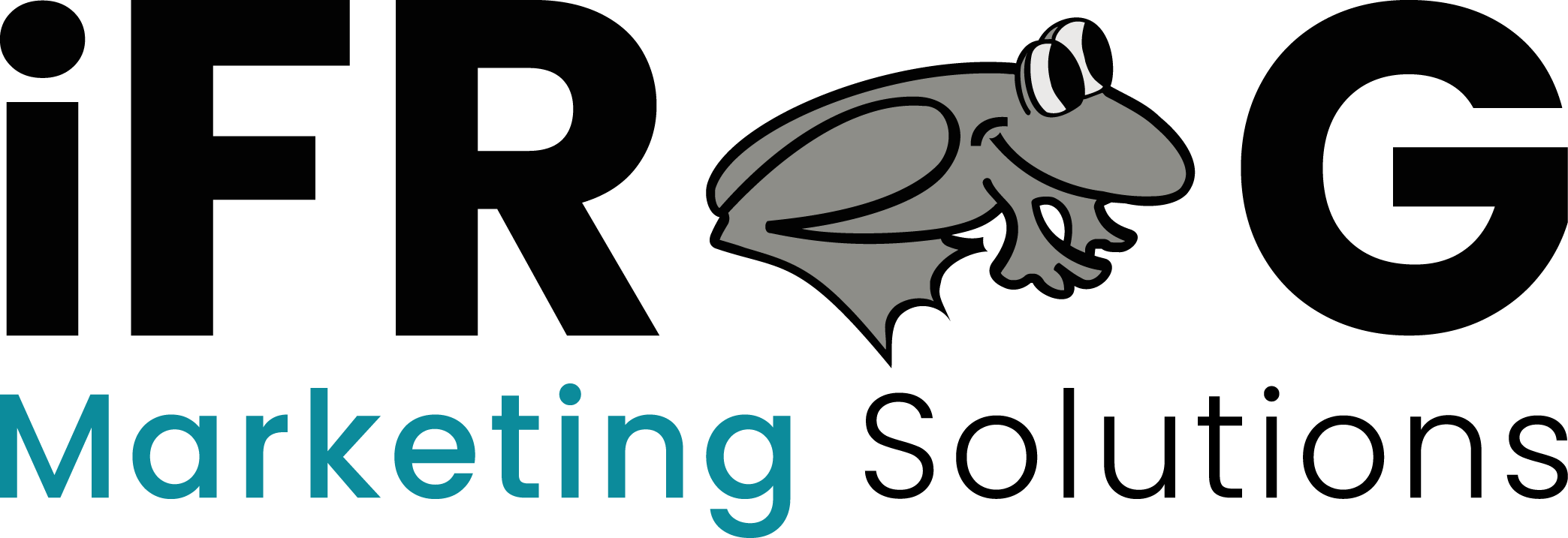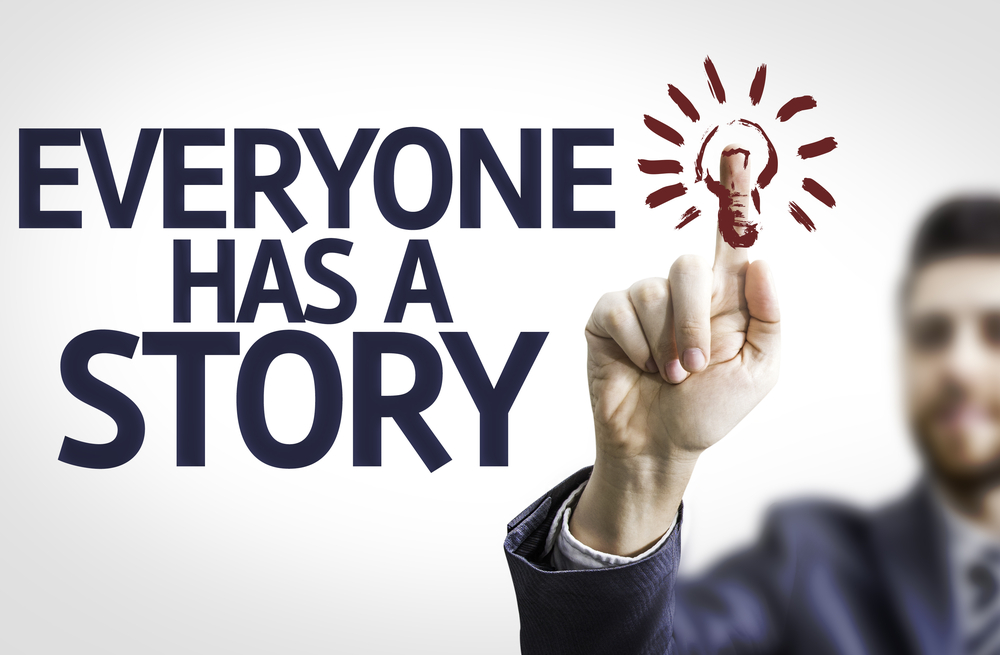When I was in business school, I wrote a ton of papers. Case studies, research papers, group papers (the worst!), the list goes on. When I would have to reference an individual, I usually stuck with the style of “he or she.” This is what we were taught in high school! We were taught that “they” refers to a group of people and not to an individual. As we grow up and gain more experience, we learn to adapt. As more individuals identify with the pronoun “they,” we as writers need to shift our thinking into “they” as referencing an individual. This is one example of how we can adapt and focus on making our language more inclusive.
Inclusive Language? What's That?
What does it mean to be inclusive? What does inclusive language mean? According to HubSpot, inclusive language avoids biases, slang, or expressions that discriminate against groups of people based on race, gender, or socioeconomic status. Inclusive language allows you to resonate with more audiences by speaking and writing in more impartial ways.
You might be reading this and think what I’m proposing is silly. You might think there’s nothing wrong with the way you talk or write or send out messaging. While your intentions may be pure, you might be unaware of the impact on your stakeholders. By being inclusive in your language, you are creating an environment where everyone is welcome.
The great thing about being inclusive in your language is that it isn’t that difficult to make a change! Small touches and small changes will most likely go unnoticed by most, but to the ones that count, it will make all the difference. For example, October is Breast Cancer Awareness Month. As the Marketing Manager and the person driving our campaign, I make sure our language around this month is inclusive to anyone that can be affected by breast cancer. Instead of saying “helping women find a cure” or “supporting women,” our messaging is going to be centered around “helping find a cure” or “supporting all.” If we kept our messaging centered around women, we would be leaving trans and non-binary individuals out of the conversation, a demographic still affected by breast cancer. We are still promoting awareness and still supporting finding a cure. We are also making sure everyone is included.
How Can I Be Inclusive Beyond Gender?
Being inclusive doesn’t just belong to gender, it’s also important to be inclusive when considering those with different accessibility needs. How many times have you described a person as “psycho” or “crazy?” I’m sure we’re all guilty of it. I know I am and have been trying to modify my language the more I learn. Learn From Autistics, an online resource connecting parents and caregivers for autistic individuals, warns against using these terms. By referencing mental instability, these terms create a negative connotation against individuals suffering from mental illness. Even if you don’t understand, you should still try.
The Conscious Style Guide is an excellent online resource to help us all be better with language. By being conscious and inclusive in the words we choose, we are showing that we are welcoming and doing our best to avoid biases. And here’s the thing: you’re probably going to slip up and make a mistake. That’s fine. The most important way to bounce back from messing up is apologizing and promising to improve during the next interaction. The important thing is to learn, be welcoming, and try. We owe it to others in marginalized groups to be better.
At iFrog Marketing Solutions, we believe in being inclusive in our choices and our language. Contact us today and let’s work together for inclusive communications and a better language!


Comment